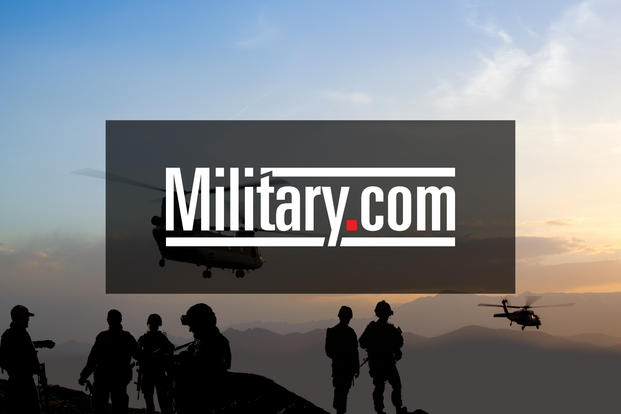Senior Islamic State leaders often called "high-value targets" are believed to have fled Mosul ahead of the ongoing Iraqi offensive, but enough militant field commanders remain to direct what is expected to be a bloody fight for the city, U.S. military officials said Friday.
The officials said they had seen a similar pattern in Ramadi and Fallujah of ISIS leadership seeking to escape as opposing forces mounted an assault. They stressed that the whereabouts of Abu Bakr al-Baghdadi, who used a Mosul mosque to declare the creation of an ISIS "Caliphate" in June 2014, were still unknown.
The U.S. estimates that 3,000-5,000 ISIS fighters will remain once the Iraqi Security Forces and Kurdish Peshmerga units are ready to begin the assault on the city itself.
About 1,000 of the ISIS militants are believed to be foreign fighters, who would be the most likely to put up an effective resistance, said the officials, who spoke on grounds of anonymity and on condition that they not be quoted directly.
On the fifth day of the Mosul offensive, ISIS was putting up what the officials described as moderate resistance to the Iraqi and Kurdish units sweeping through mostly abandoned desert villages on Mosul's outskirts.
The attacking forces were moving through what was called a disruption zone, where small groups of ISIS fighter were using snipers, mortars and suicide car bombs to delay and harass the assault.
The officials said the suicide and small-arms attacks carried out by ISIS in Kirkuk, east of Mosul, on Thursday were part of ISIS' plan to disrupt the offensive. They said no forces were diverted from the Mosul offensive to deal with Kirkuk.
ISIS has used off-the-shelf drones to drop small amounts of explosives on advancing units, but the tactic has been ineffective and has not caused any casualties, the officials said. ISIS is also expected to try chemical warfare, using sulfur-mustard or chlorine gas to slow the advance, but the officials were confident that the offensive would continue.
The officials said they could not confirm United Nations reports that ISIS militants have taken 550 families from villages around Mosul, possibly to use as human shields in the battle.
"We are gravely worried by reports that ISIS is using civilians in and around Mosul as human shields as the Iraqi forces advance, keeping civilians close to their offices or places where fighters are located, which may result in civilian casualties," U.N. High Commissioner for Human Rights Zeid Ra'ad al-Hussein said in a statement.
"There is a grave danger that ISIL fighters will not only use such vulnerable people as human shields but may opt to kill them rather than see them liberated," al-Hussein said, using another term for the Islamic State of Iraq and Syria.
A day after a U.S. service member died of wounds from an improvised explosive device that hit his vehicle, U.S. and coalition warplanes conducted four airstrikes on multiple targets near Mosul in support of the offensive, Combined Joint Task Force-Operation Inherent Resolve said in a statement.
The strikes engaged three ISIS tactical units and two staging areas, destroying an ISIS headquarters building, 23 fighting positions, eight ISIS vehicle bombs, six ISIS-held buildings, six vehicles, five mortar systems, three heavy machine guns, a tanker truck and a command-and-control node, the task force said.
In addition, nine heavy machine gun positions, five sniper positions, four mortar positions, an artillery system position and 11 ISIS tactical units were suppressed, it added.
The death of the U.S. service member was the fourth in combat since ISIS took over large swaths of Iraq and Syria in 2014. More than 100 U.S. advisers and Joint Terminal Attack Controllers to guide airstrikes have moved forward with the Kurds and Iraqis in the offensive.
In Ankara on Friday, Defense Secretary Ashton Carter met with his counterpart, Turkish Defense Minister Fikri Isik, and said later that Turkey and Iraq had reached a tentative agreement that would allow for a Turkish role in the liberation of Mosul.
Carter, who also met with Turkish President Recep Tayyip Erdogan, said there was an "agreement in principle" on Turkish involvement that could include Turkish aircraft joining coalition airstrikes. Turkey and Iraq have been at odds over the presence of a Turkish military contingent on the outskirts of Bashiqa, northeast of Mosul.
Carter was to go next to the United Arab Emirates and then on to Paris and Brussels for NATO ministerial meetings on the anti-ISIS campaign.
-- Richard Sisk can be reached at Richard.Sisk@Military.com.



























